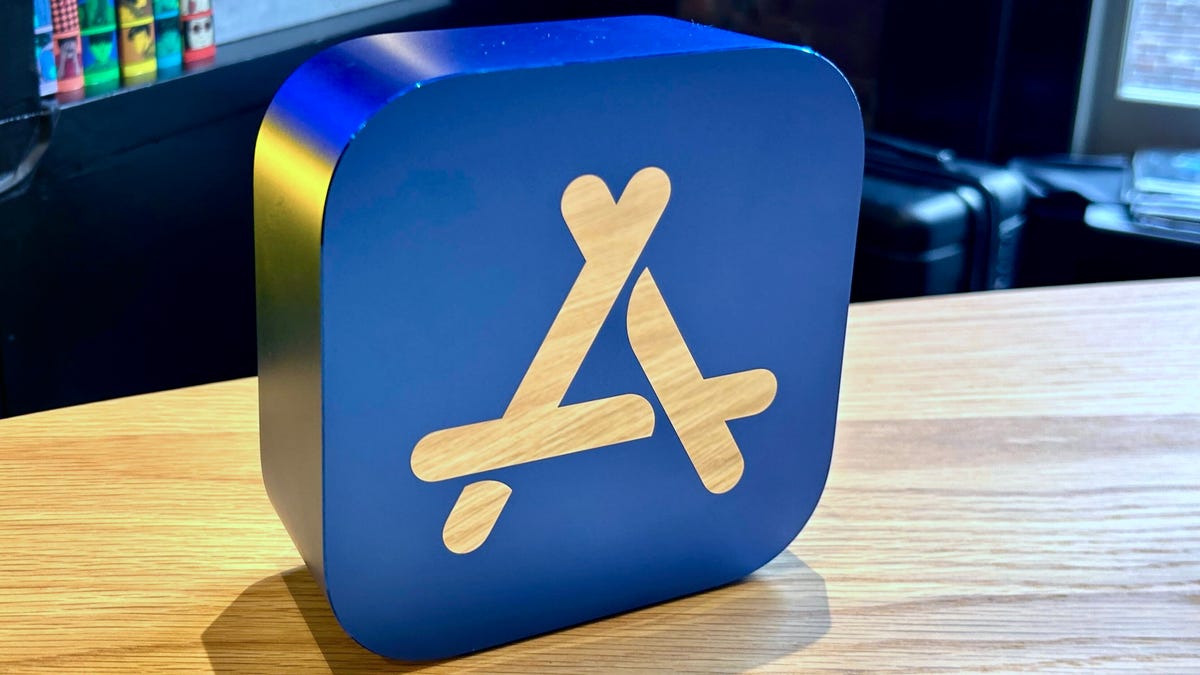Google’s Privacy Sandbox, a controversial set of tools and settings meant to replace third-party cookies, is now on almost every single Chrome browser, according to a company blog post published Thursday. Google says Privacy Sandbox is now available to around 97% of Chrome users, and that number will reach 100% in the next few months.
The news comes on the heels of the browser’s 15th anniversary, which Google is celebrating by redesigning Chrome to make it look and feel more closely aligned with the design paradigm of Android and the rest of the Google suite.
“This milestone is a significant step on the path towards a fundamentally more private web,” said Anthony Chavez, Vice President of Product Management for Privacy Sandbox, in the blog post. “We introduced the Privacy Sandbox initiative in 2019 to improve privacy across the web (and Android) while continuing to provide businesses with the tools they need to succeed. Since then, we’ve collaborated with a wide range of stakeholders — including publishers, developers, adtech providers, consumers, and more — to design and develop new solutions that can achieve this goal.”
The final step in this process comes in 2024, when Google will disable third-party cookies in Chrome for good, marking the end of their decades-long reign of privacy-violating terror.
For the past 30 years, websites have used so-called “third-party cookies” as the primary way to track consumers online. Has that pair of shoes you added to your cart three weeks ago been following you around in ads on the web? There are probably third-party cookies involved. These cookies let websites partner with other companies including Google and tons of others to keep tabs on everything you do online. That’s great for companies, and terrible for your privacy because it means there are a lot of businesses who get to keep a history of all of your web browsing.
Back in 2019, Google said the cookie era was coming to a close. In place of third-party cookies, Privacy Sandbox will implement a long list of new tools for the ad industry. Google, after all, makes all of its money by spying on you and turning the insights into ads, so it’s not about to put itself out of business. In fairness, this new system is really more private, though it’s private on Google’s terms.
The biggest change is “Ad Topics,” a.k.a. the Topics API if you’re a huge nerd who’s been following this stuff for years. With Topics, Chrome will keep track of all the websites you’re looking at and sort you into a variety of categories. This tracking happens in your browser and the data stays on your device. Neither Google nor anyone else gets to see your browsing history or learn anything about you as an individual throughout this process. Websites and advertising companies will know there’s a person interested in a certain Topic, but they won’t be able to tell who you are specifically.
There’s also an extremely complicated technique websites can use to tag you with subjects they want you to see ads about, called “Site Suggested Ads.” Google is also rolling out a tool called “Ad Measurement,” which helps companies keep track of how well their ads are working through metrics such as the time of day you saw an ad and whether you clicked on it.
Google gives users some control over how these tools are implemented. With the rollout of Privacy Sandbox comes new settings listed as “Ad privacy controls,” which you can adjust in Chrome’s preferences.
You probably noticed a pop-up about “Enhanced ad privacy” if you’ve updated to the latest versions of Chrome. If you click the “Got it” button when you see the pop-up, all of this will be turned on by default. But you can also turn some or all of these features off, and fine-tune some changes if you’re motivated. You can block certain Topics you don’t want to see ads about or prevent certain websites from making ad suggestions. Google says that Topics, Site Suggested Ads, and Ad Measurement data will be deleted automatically after 30 days.
Here Are The Cheapest NBN 250 Plans You Can Get Right Now
Whether you’ve got the need for speed or simply looking for a better deal, these are the best prices going right now for the NBN 250 speed tier.
Note: This article have been indexed to our site. We do not claim legitimacy, ownership or copyright of any of the content above. To see the article at original source Click Here













